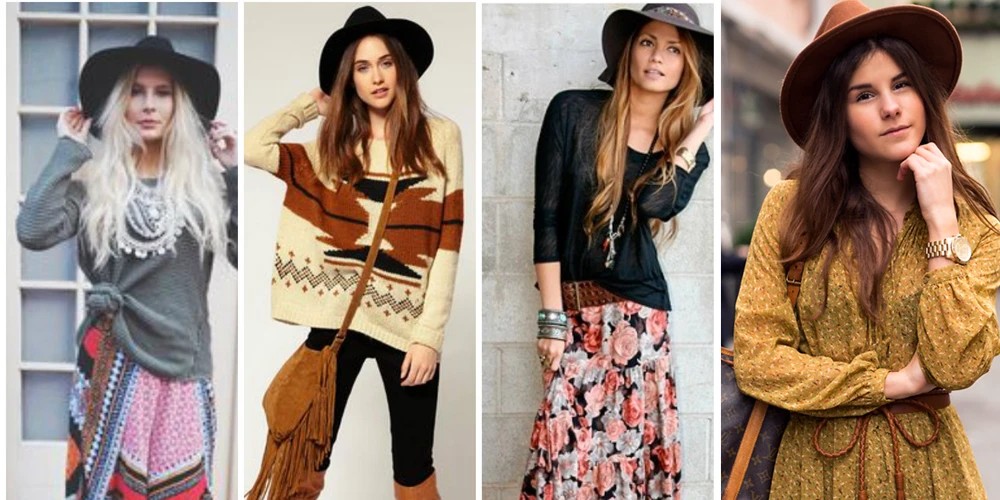For over 50 years, several manufacturers have offered a wide range of materials and printed textiles in four key collections: Fashion, Creative, Material, and Kids. People are familiar with the world of childcare since a substantial portion of text is devoted to the world of the kid. They specialize in baby fabric and design stylish baby textiles that are verified to be safe for newborns. Concerned about the environment and social equality, seek to create more collections in order to preserve a good ecological imprint and a substantial social effect. For the best Wholesale Girls Clothes this is important.
Materials That Are Soft and Natural
Your baby’s skin is especially sensitive and reactive. Natural materials offer the benefit of being soft and free of allergens. They are popular in the first few months and for clothing that is worn directly on the skin, like as bodysuits. Cotton is the natural material’s star, and it comes in a variety of forms:
Cotton is a natural material that is soft, hypoallergenic, and sanitary. It’s commonly found in infant and children’s apparel. The advantage for young parents is that it is simple to maintain. The fiber can be knitted or woven. Cotton veil is used to weave skirts, cotton poplin shirts, and cotton canvas trousers. There’s also woven cotton velvet, a popular winter fabric for warm coats, skirts, and slacks. Terry is also frequently cotton: it is the absorbent material used in towels, ponchos, capes, and bathrobes. Cotton knits can be in the shape of cotton jersey, which is perfect for bodysuits and T-shirts, or mesh, which is ideal for sweaters and cardigans. Knitted cotton velor, which is stretchable, is only used for pajamas and sleep suits.
We Can Find the Following Natural Materials Among Others:
Wool is a natural fiber derived from animals. It is a fantastic thermal insulator, making it ideal for sweaters, cardigans, coats, jackets, and even winter dresses. Wool is manufactured from a variety of animals, including angora, mohair, and cashmere.
Modal is a cellulose fiber, similar to linen and cotton. It’s smooth, silky, breathable, and wrinkle-free. It is most commonly used for t-shirts, polo shirts, children’s underwear, and light dresses.
Viscose is a glossy textile that is perfect for sparkling hues that do not fade over time. It also has a beautiful drape, making it ideal for blouses, shirts, and skirts.
Linen: This fabric has a silky and slightly wrinkled fall and is frequently used for formal clothing, boho dresses, and dress pants. Cotton and linen blends are popular in rompers and other baby garments because they are stylish and comfy.
Materials That Are Synthetic and Resistant
Synthetics come in a variety of colors and textures. For the Wholesale Baby Clothes Bulk this is most essential. The majority of them are tough and well-suited to children’s travels. Some also have highly particular characteristics, such as including UV protection. Here are a few examples of synthetic materials that have been utilised in children’s clothing:
Elastance: This general phrase refers to yarns with a high flexibility. It is usually combined with different fibers and gives youngsters more range of movement. Jeans, like stretch cotton garments, frequently feature an component.
Polar fiber is a highly insulating synthetic fabric made from recycled plastic bottles. It is utilised in the production of winter clothing, warm jackets, protective coats, and blankets.
Polyester: when utilised as a blend, it is possible to get wrinkle-free clothing.
Polyamide is a synthetic fiber that is both durable and flexible, and it is simple to care for. It is typically used for swimsuits or beachwear.

